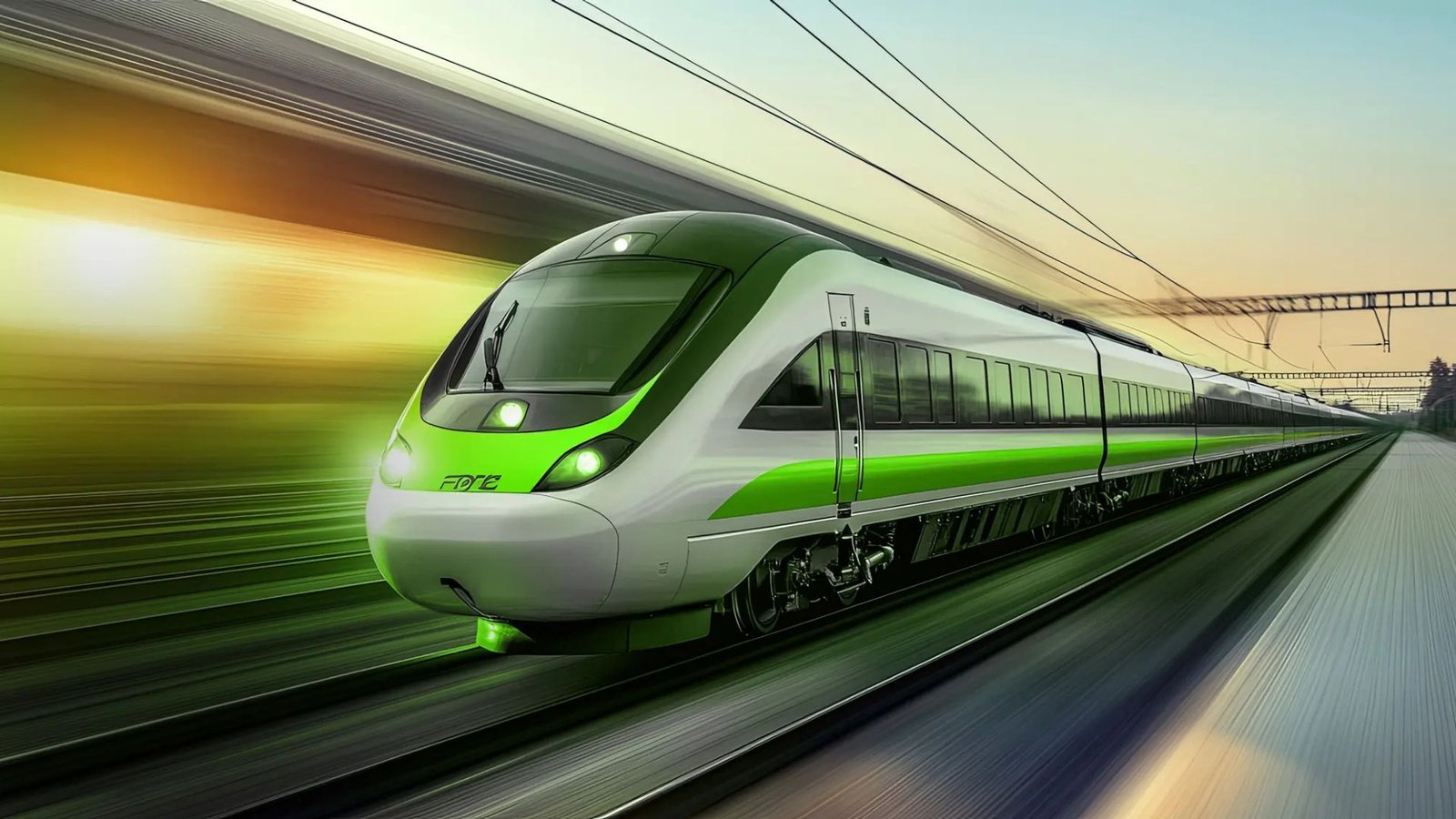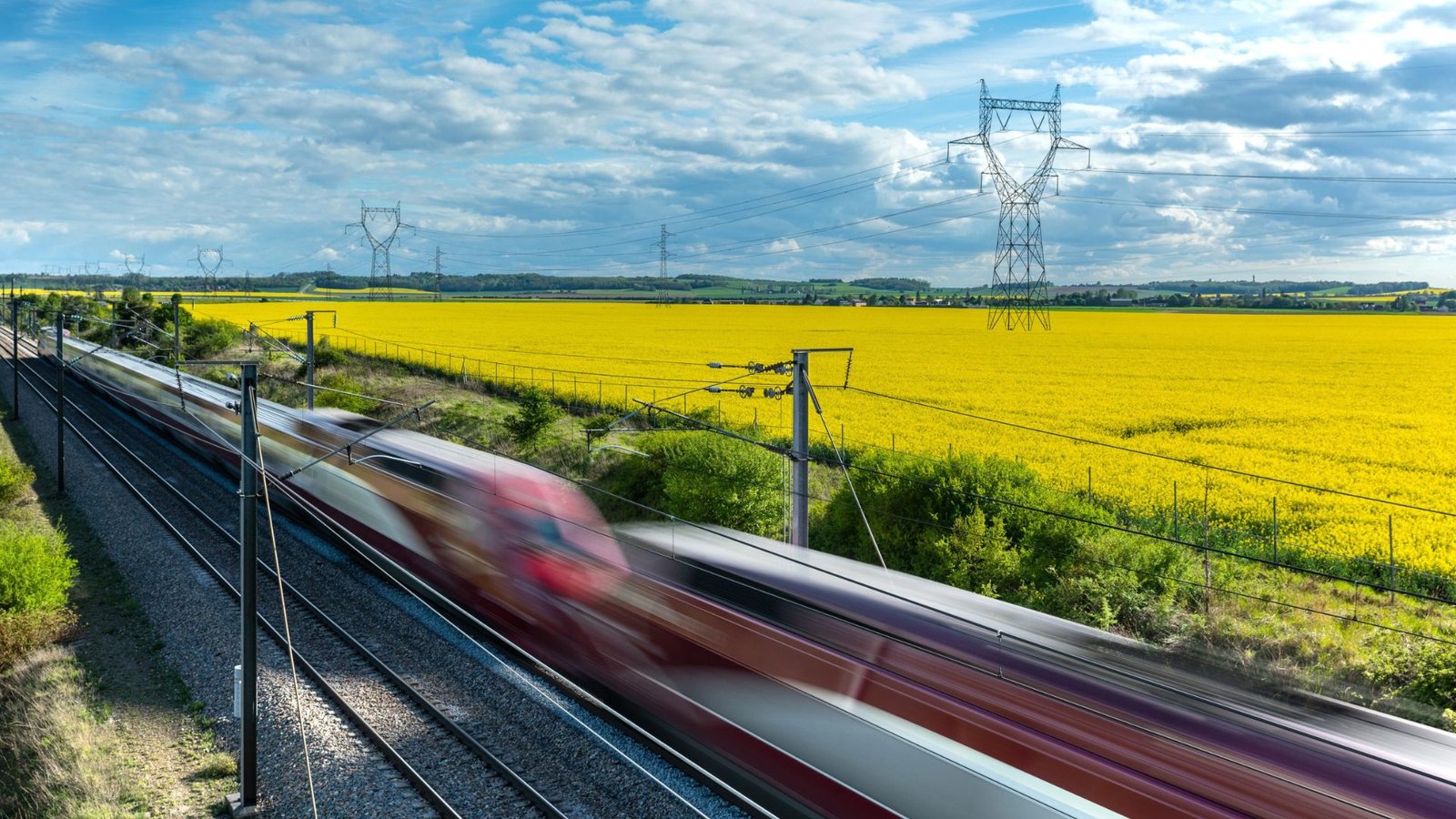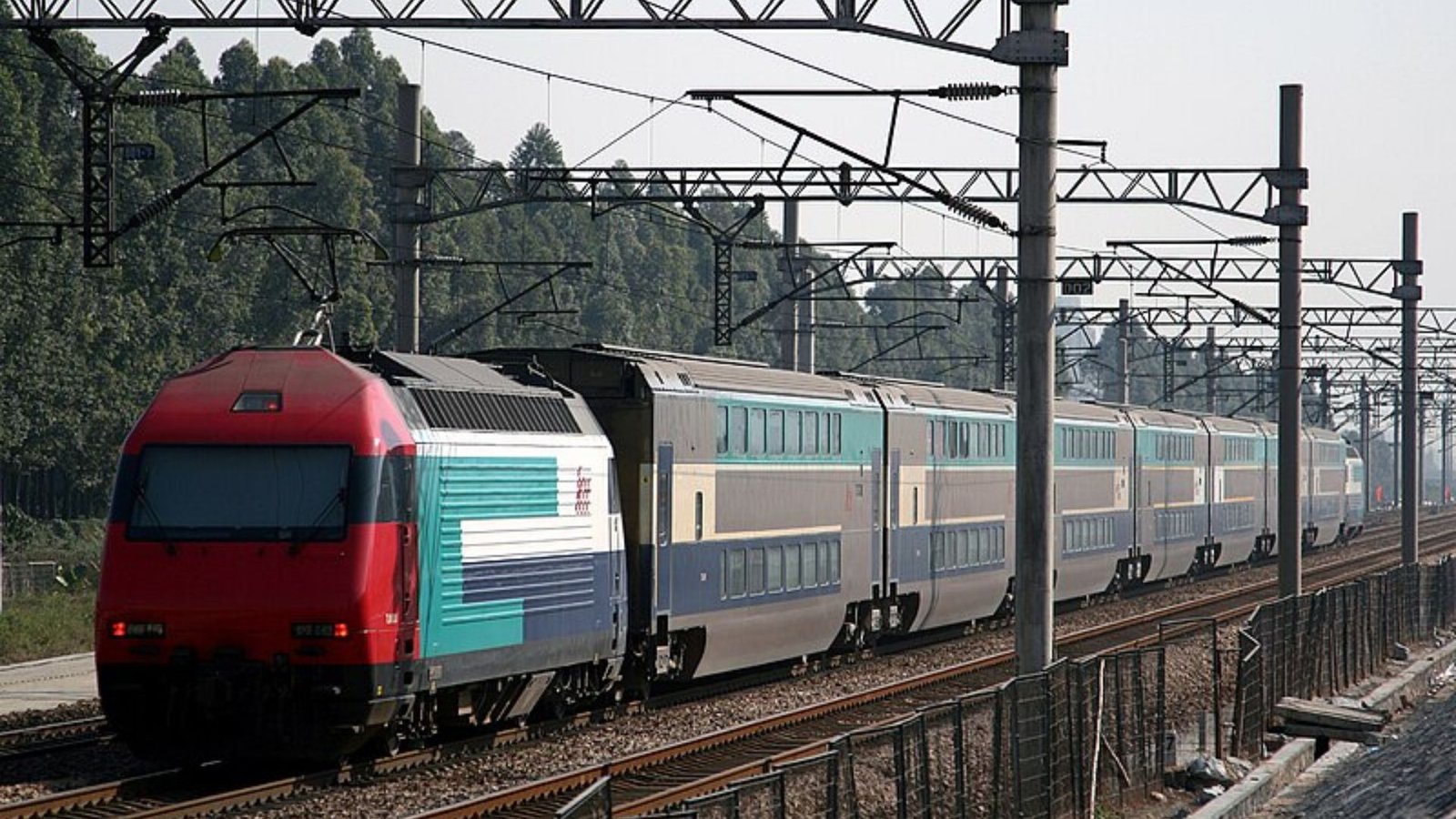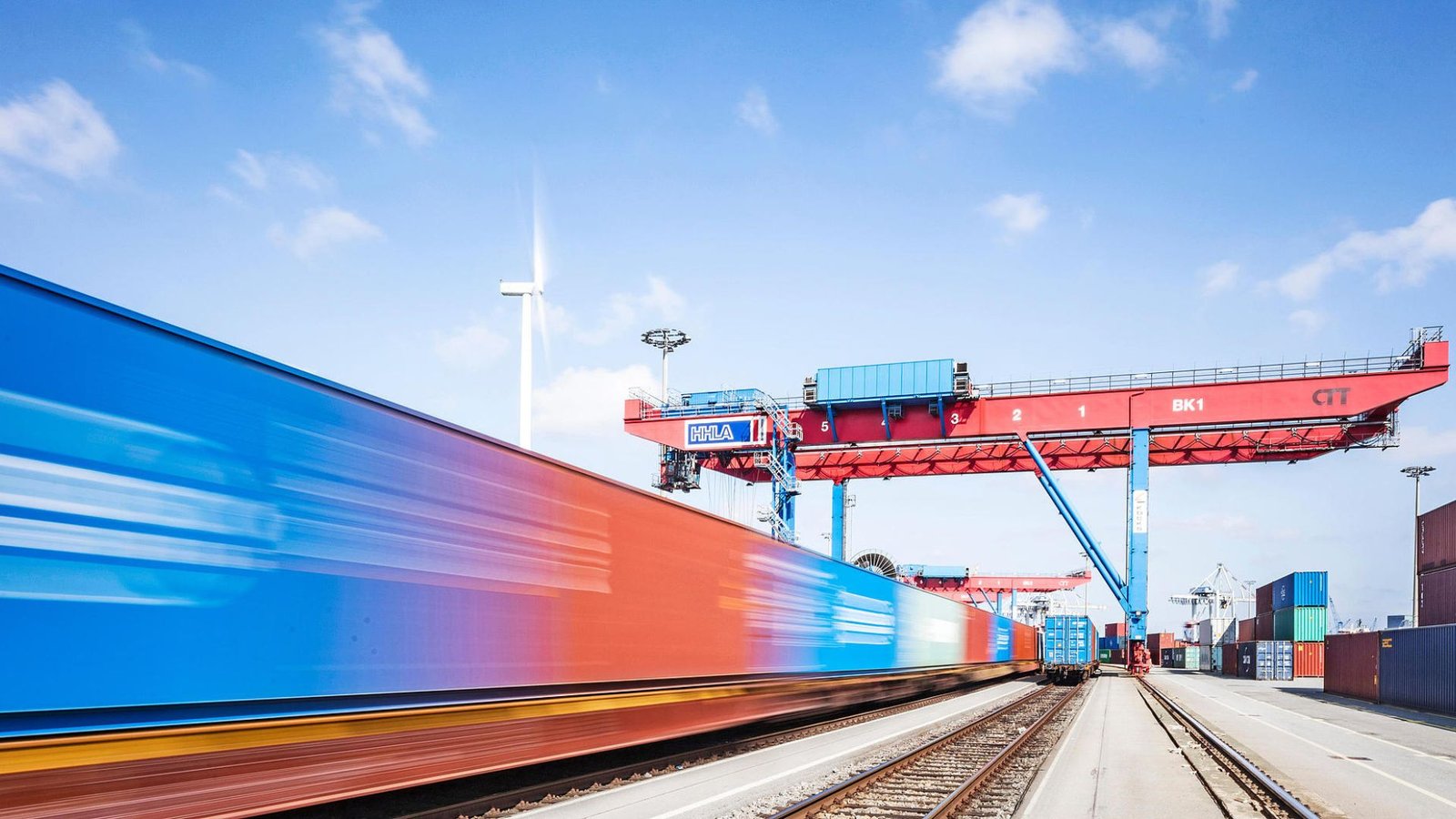The world of rail transport is evolving rapidly, driven by cutting-edge technologies and innovations. With increasing demands for sustainability, efficiency, and speed, railways are becoming a crucial part of the future of transportation. High-speed trains, automated systems, and eco-friendly solutions are reshaping how we think about travel. As rail technology continues to advance, the potential for creating faster, more sustainable, and more efficient rail systems is immense. Here’s a closer look at some of the ways rail technology is shaping the future:

High-Speed Rail: The Future of Fast Travel
One of the most exciting advancements in rail technology is the development of high-speed trains. These trains, capable of reaching speeds well over 200 miles per hour (320 km/h), are revolutionizing long-distance travel, offering a comfortable and time-efficient alternative to flying.
Key Developments:
- Maglev Trains: Short for magnetic levitation, these trains float above the tracks, eliminating friction and allowing for unprecedented speeds. The Shanghai Maglev in China is already in operation, and other countries are developing similar systems.
- Hyperloop: A futuristic form of high-speed transport, Hyperloop promises to travel at speeds of up to 760 mph (1,220 km/h). Though still in the testing phase, this technology could transform rail travel by reducing journey times dramatically.
- Bullet Trains in Asia and Europe: Countries like Japan, China, and France are leading the way with high-speed rail systems. Japan’s Shinkansen trains and France’s TGV have already set records for speed and efficiency, and new lines are being developed across the globe.
Impact:
High-speed rail can drastically reduce travel time between major cities, promote regional integration, and help alleviate congestion at airports and on highways.
Sustainability and Green Rail Technologies
As the world looks for more eco-friendly ways to travel, rail technology is stepping up to meet the challenge. Trains are already one of the most energy-efficient modes of transportation, but advances in technology are making them even greener.
Key Developments:
- Hydrogen-Powered Trains: Instead of traditional diesel engines, hydrogen fuel cells can power trains with zero emissions, offering an alternative to fossil fuels. The Coradia iLint in Germany is the world’s first hydrogen-powered train, marking a significant milestone in sustainable rail travel.
- Battery-Electric Trains: Some regions are turning to battery-electric trains as an alternative to diesel-powered ones. These trains charge at stations or through overhead wires and can operate on non-electrified lines.
- Solar-Powered Rail Systems: Several countries are experimenting with solar energy to power train operations. The Dutch Railways (NS) have begun running electric trains powered by wind energy, a key step in reducing the carbon footprint of rail networks.
- Energy-Efficient Train Designs: Engineers are designing more aerodynamic and lightweight trains to reduce energy consumption. These trains use advanced materials and energy-efficient motors that help conserve energy while maintaining speed and comfort.
Impact:
These innovations are making trains a more sustainable alternative to cars and airplanes, reducing emissions and energy consumption while making rail travel more accessible to environmentally conscious travelers.
Automation and Smart Rail Systems
Automation is another major trend in rail technology that is reshaping the future of train travel. From driverless trains to smart rail networks, automation is improving efficiency, safety, and reliability.
Key Developments:
- Driverless Trains: Several cities are already running autonomous trains on their metro and light rail systems. These trains rely on sensors, AI, and automated signaling systems to navigate without human operators. Dubai’s Metro and Paris’s RER are among the cities experimenting with or already using automated systems.
- AI-Powered Train Scheduling: Artificial intelligence (AI) is increasingly being used to manage train schedules and operations. AI can predict maintenance needs, optimize train routes, and reduce delays, making train travel more efficient.
- Smart Stations and Ticketing: Smart stations equipped with IoT (Internet of Things) sensors allow passengers to track trains in real-time, book tickets using apps, and even use facial recognition for entry. These technologies improve customer experience by reducing wait times and enhancing safety.
Impact:
Automated systems reduce human error, enhance operational efficiency, and ensure safer, faster journeys. These technologies also allow rail companies to optimize resources, reduce costs, and offer a more convenient service for passengers.
Conclusion
Rail technology is transforming the way we travel, from high-speed trains that cut down travel time to sustainable innovations that reduce carbon footprints. With automation, smart systems, and big data, the future of rail travel looks more efficient, eco-friendly, and passenger-focused than ever before. As these technologies continue to evolve, we can expect railways to play an increasingly important role in meeting the world’s transportation needs—offering faster, greener, and more comfortable travel experiences for people across the globe. Whether it’s a high-speed journey between cities or an eco-friendly trip through the countryside, rail technology is paving the way for the future of travel.




